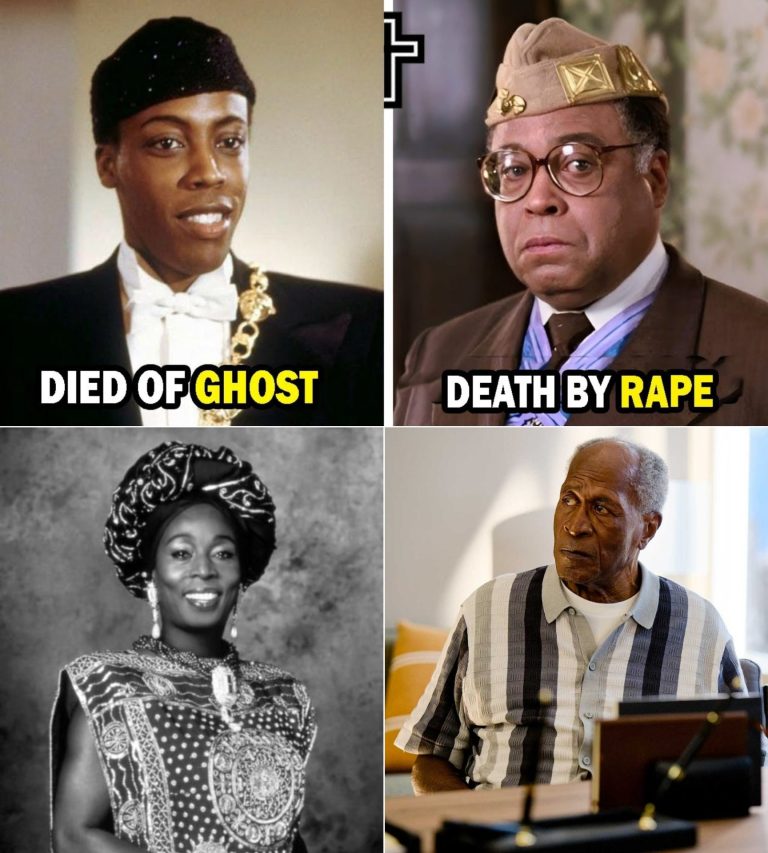In a shocking revelation, the FBI has connected the social media posts of 20-year-old artist D4VD, whose real name is David Anthony Burke, to the gruesome murder of 15-year-old Celeste Rivas Hernandez. The young girl’s dismembered body was discovered in the trunk of a Tesla on September 8, 2025, leading investigators to delve into Burke’s TikTok activity, which has now emerged as a critical piece of evidence in this chilling case.

Celeste Rivas Hernandez was reported missing in April 2024, with her family expressing concern over her secretive relationship with Burke, whom she had met online. The investigation revealed a disturbing timeline, indicating that their interactions began when Celeste was just 11 years old. As Burke’s music career soared, so did his predatory behavior, which he documented through a series of alarming posts on social media.
Burke’s TikTok activity, initially dismissed as dark humor, has now been reexamined as a digital confession to murder. Posts featuring captions about jealousy and violence, including one that read, “Me if I see her talk with other dudes,” have taken on a sinister significance in light of Celeste’s dismemberment. Investigators noted that these posts provided a systematic documentation of Burke’s violent fantasies, raising questions about how he was able to evade detection for so long.
The connection between Burke and Celeste deepened with the discovery of matching tattoos on their fingers, a detail that her family confirmed, marking a chilling symbol of ownership. Furthermore, evidence from Burke’s social media interactions, including screenshots from Discord, showed a grooming process that spanned years, isolating Celeste from potential sources of help.
The Tesla, registered to Burke, became a focal point in the investigation. Its abandonment in the Hollywood Hills, just blocks from where Burke had been staying, suggested a calculated effort to maintain plausible deniability while he continued to tour and post online, all while Celeste’s body decomposed in his vehicle.
As the investigation progressed, it became clear that Burke’s online presence was not merely a façade but a meticulously crafted narrative that blurred the lines between art and reality. His song “Romantic Homicide,” which had gained billions of streams, is now viewed as a potential confession disguised as artistic expression. The juxtaposition of his public persona with the horrific details of Celeste’s murder has left fans and the public in disbelief.
The FBI’s findings have prompted a reevaluation of how law enforcement approaches social media evidence in violent crime cases. The digital breadcrumbs left by Burke have illustrated the potential for social media to serve as a real-time confession, documenting a 𝓀𝒾𝓁𝓁er’s mindset and planning process in a way that traditional investigations may overlook.
As the investigation continues, the family of Celeste Rivas Hernandez is grappling with their loss, launching a GoFundMe campaign to assist with burial costs. Their tragedy underscores the urgent need for protective measures for vulnerable youth in the digital age, highlighting the failures of systems designed to safeguard 𝘤𝘩𝘪𝘭𝘥ren from online predators.

The cause of Celeste’s death remains undetermined pending further forensic analysis, but the circumstantial evidence against Burke is mounting. As of now, he has not been formally charged but is cooperating with authorities through his representatives. The case serves as a stark reminder of the real human lives affected by online interactions and the devastating consequences when warning signs are ignored.
This tragic story emphasizes the critical need for vigilance in monitoring online behavior, particularly for young individuals navigating digital spaces. As law enforcement and society grapple with the implications of this case, it is clear that the lessons learned from Celeste’s story must lead to actionable changes in how we protect our youth from the dangers lurking in the shadows of the internet.







